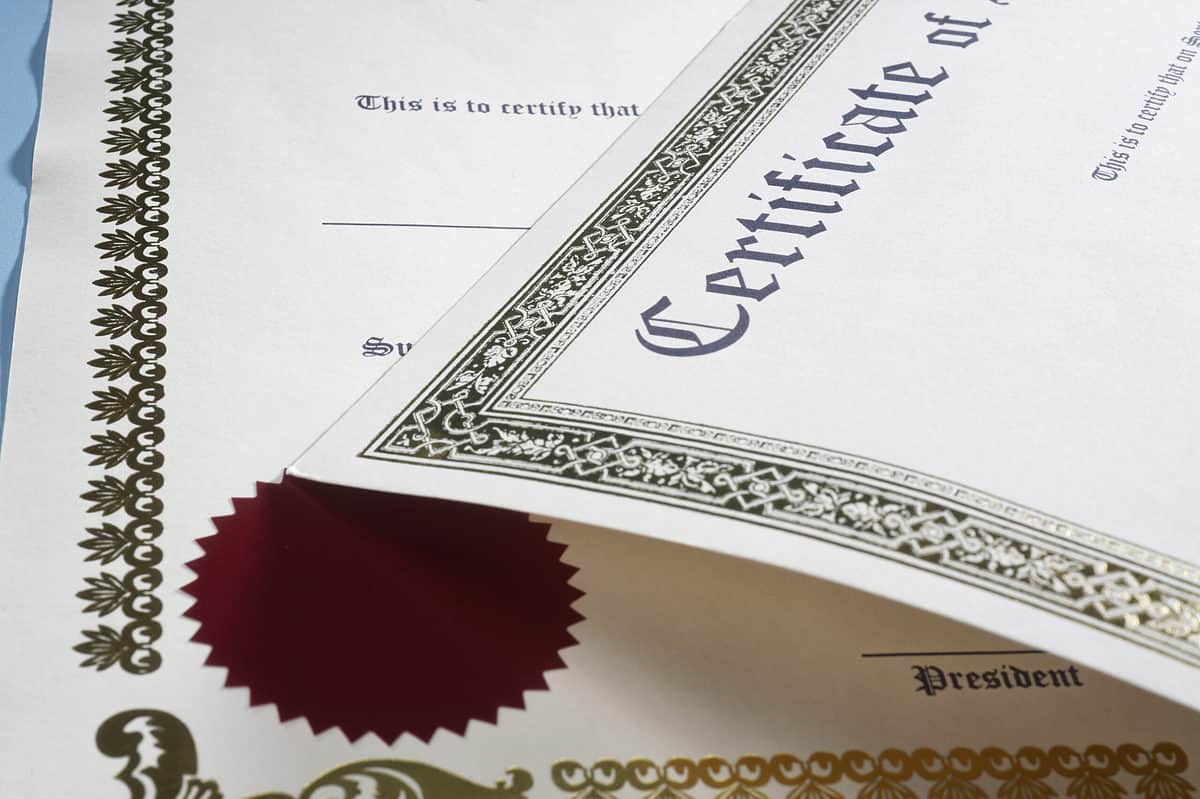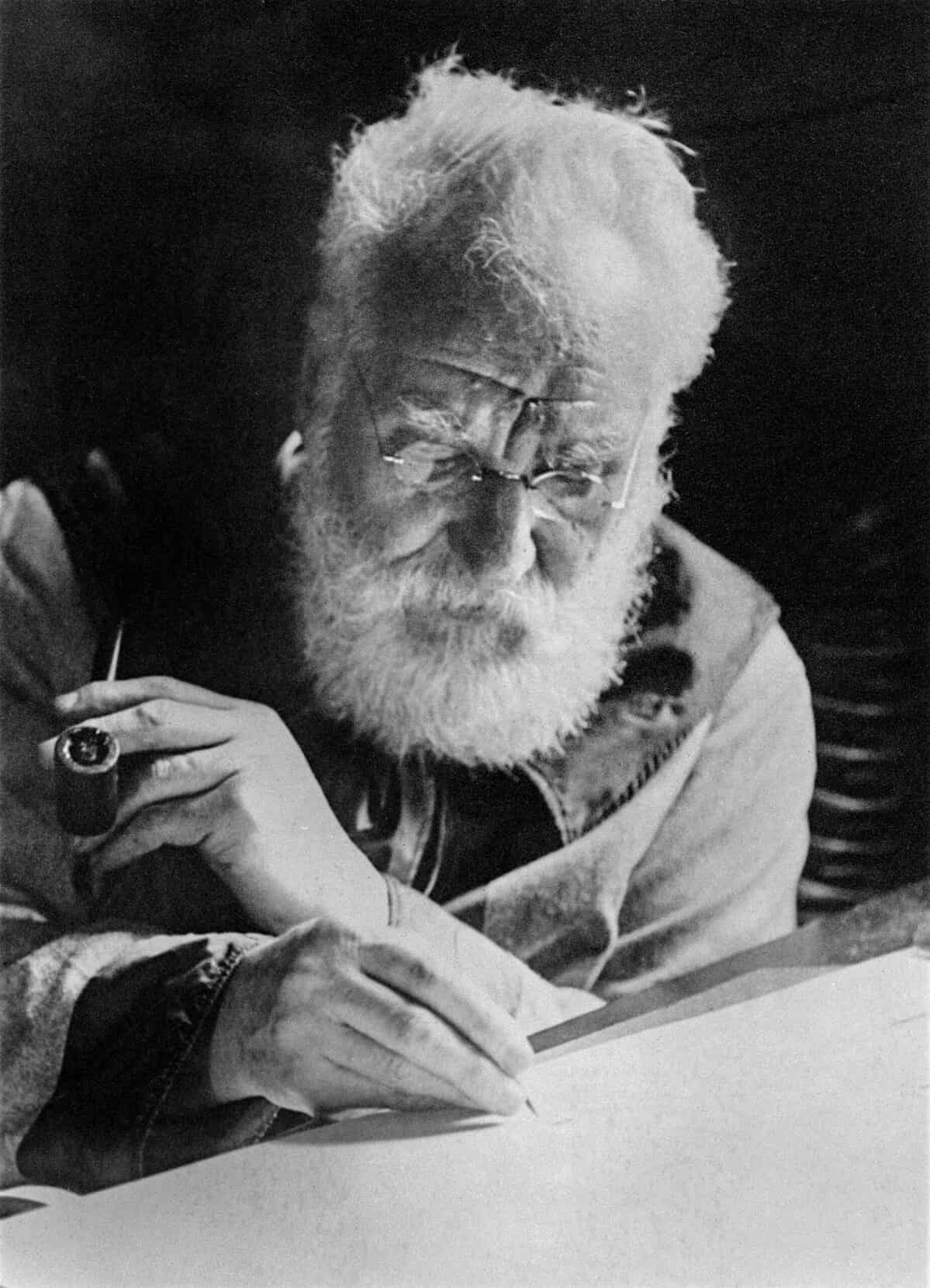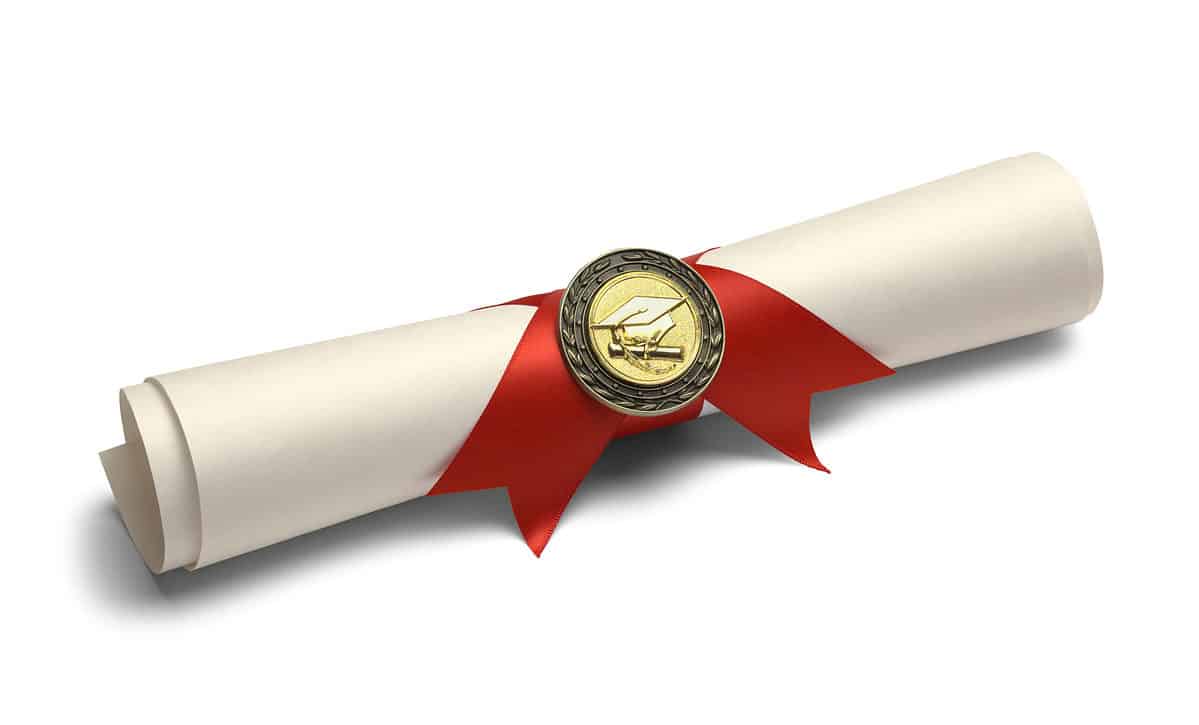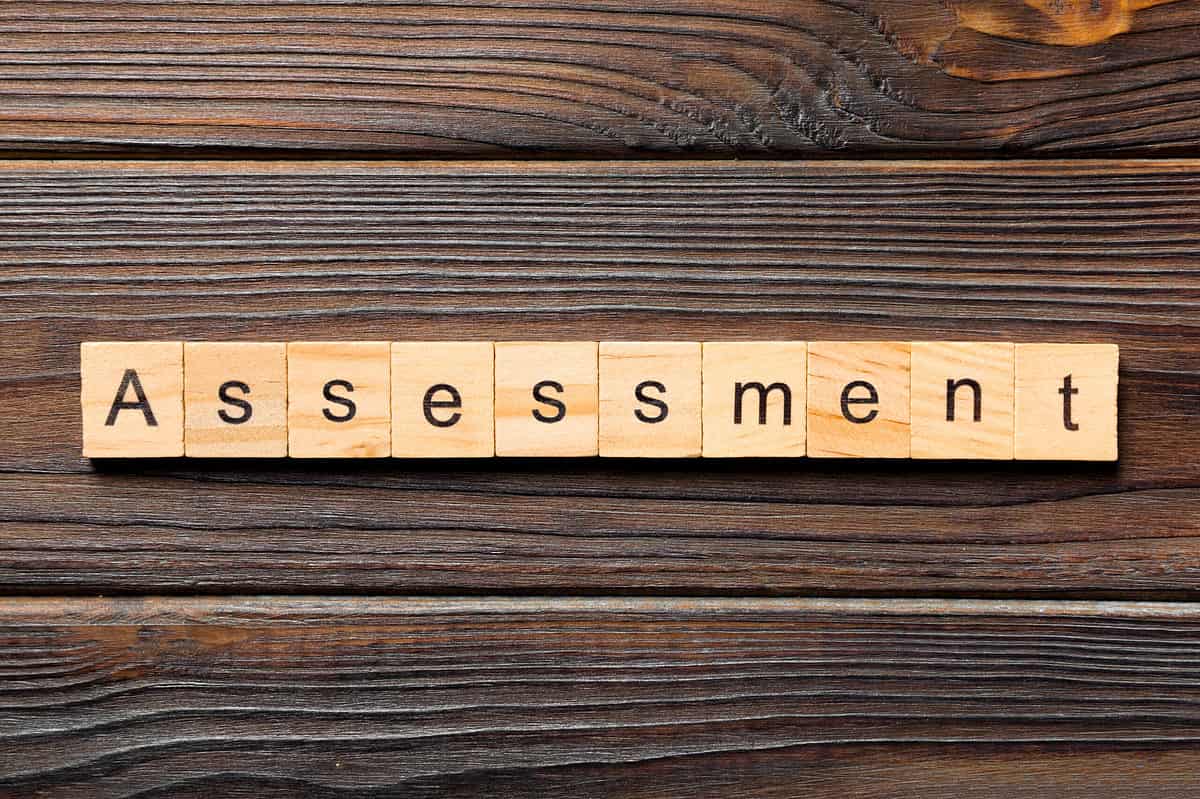Key Points
- You'll need at least a Bachelor's degree to pursue a Montessori certification. Your Bachelor's does not necessarily have to be in education.
- The actual Montessori training program takes one to two years to complete, and can be done in-person or remotely.
- Once your training is done, you'll have to log 1200 practicum hours to receive your certification. This amounts to one school year as an intern. Fortunately, these practicums are paid.
What does it take to get Montessori certified? Becoming a Montessori teacher requires specialized training and certification. The process of getting Montessori certified involves several steps, including completing a Montessori teacher training program, gaining practical experience in a Montessori classroom, and passing an assessment. Keep reading for more information about what it takes to get Montessori certified.

©focal point/Shutterstock.com
Montessori Education: Brief History/Overview
The Montessori model for educating young children is a unique approach to education that focuses on the individual needs of each child. It is based on the principles and methods developed by Dr. Maria Montessori (1870-1952). Montessori, an Italian physician, and educator, recognized the innate potential of young children and their ability to teach themselves. The role of the classroom teacher is to facilitate this learning process, acting as a guide rather than an authority figure. Dr. Montessori taught her first class of children in Italy, in 1907. Word of her success spread quickly. Schools across Europe adopted the Montessori method in the following years. By 1913, Montessori’s model of education had made it across the Atlantic Ocean, to the shore of North America. Early proponents of Montessori’s method in North America include Alexander Graham Bell and Thomas Edison, credited with inventing the telephone and the incandescent lightbulb, respectively.

©Everett Collection/Shutterstock.com
The Montessori Educational Association was established in 1913 for the purposes of promoting Montessori education and providing training for Montessori teachers in North America. Since 1960 the governing body of Montessori in North America is the American Montessori Society. The American Montessori Society is a non-profit, professional organization for Montessori educators in the United States. Its main duties include:
- Providing support and resources for Montessori teachers and schools
- Accrediting Montessori Teacher education programs
- Advocating for the Montessori method of education
- Promoting the understanding and use of Montessori education among the general public.
Montessori is the fastest-growing model of education in the world today. Becoming a Montessori-certified teacher is job insurance. It also allows you the flexibility to work around the world. So, what exactly does it take to become a certified Montessori teacher?
Montessori Certification: Get a Degree
If you don't already have a college degree, you'll have to get a bachelor's degree from an accredited college or university. This will add up to four years to your journey to obtaining Montessori certification. A lot can happen in four years. College is a wonderful place to find yourself and embrace your interests. Though it would seem logical to pursue a degree in an educational field, it’s not necessary. Montessori teachers come from a vast array of fields and disciplines. Diploma in hand, the next step toward certification is finding a training program.

©Mega Pixel/Shutterstock.com
Montessori Certification: Training Programs
Becoming a Montessori teacher requires one to complete a Montessori teacher training program. These programs are typically offered by Montessori teacher training centers or state and private colleges and universities. They provide the theoretical and practical knowledge necessary to understand and implement the Montessori method. The programs can be on-site or online. Chances are there is a Montessori teacher training program nearby – click here to find out how close.

©Prostock-studio/Shutterstock.com
The coursework for the training program takes between one and two years, depending on a variety of factors. If you are studying online, you may be able to finish your coursework more quickly than if you are taking classes in person. Montessori training consists of mastering an in-depth understanding and working knowledge of the five core principles of Montessori education, as well as learning which materials are appropriate for which age groups.
Montessori Certification: Practicum
Practical Experience: Completing a Montessori teacher training program is not enough to become a Montessori teacher. You also need to gain practical experience by working in a Montessori classroom. This can be done through an internship or apprenticeship program. This experience will give you a better understanding of the Montessori method and how it is applied in a real-world setting. To apply for Montessori certification an individual must have completed 1200 hours of practicum study. Working 40 hours per week in a Montessori classroom would take 30 weeks to clock 1200 hours. So, you’re looking at a school-year long practicum. The good news is that internships are paid positions. The average salary for a Montessori student teacher is currently (2023) approximately $3,000.00 US /month.

©Watchara Ritjan/Shutterstock.com
Montessori Certification: Assessment
The final step in becoming a Montessori teacher is to pass an assessment. This assessment is usually administered by a Montessori teacher training center or school. It will test your knowledge of the Montessori method, your ability to implement it in a classroom setting, and your understanding of child development.
In addition to these steps, it's important to note that Montessori certification varies by country. Some countries have their own Montessori certification bodies, while others rely on international organizations. So it's essential to check the specific requirements of your country, state, or province to ensure that you meet the necessary qualifications.

©SNeG17/Shutterstock.com
Is Becoming a Montessori Teacher Right for Me?
Becoming a Montessori teacher isn't for everyone. It takes a lot of time and dedication, especially if you don't yet have your Bachelor's degree. It can also be costly; the Montessori training program alone can cost up to several thousand dollars. Not to mention how much an undergraduate degree can cost, even with financial aid.
Being a Montessori teacher can be an incredibly fulfilling and unique experience, but it isn't for everyone. Make sure this is truly the path you want to pursue before committing to it; this is definitely not an impulse decision!
In Conclusion
Becoming a Montessori teacher requires specialized training and certification. The process of getting Montessori certified involves completing a Montessori teacher training program, gaining practical experience in a Montessori classroom, and passing an assessment. Being able to guide young scholars in their pursuit of knowledge makes all of the work worth it!